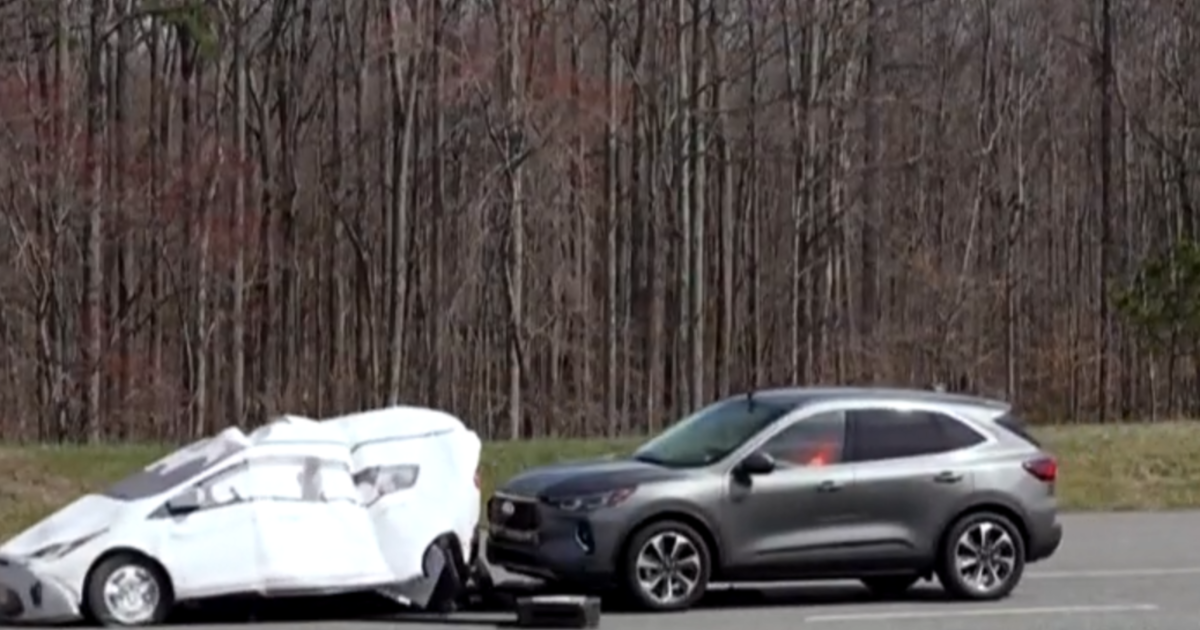Uh oh, here comes hurricane season 2017
Batten down the hatches, hurricane season is around the corner.
The U.S. Department of Commerce's National Oceanic and Atmospheric Administration (NOAA) said today it expects an "above-normal" Atlantic hurricane season this year, which extends from June to December. NOAA forecast between 11 and 17 "named storms," of which five to nine could actually become hurricanes with winds of 74 miles per hour or higher, and two to four of them could reach 111 miles per hour.
Hurricane season outlooks have a tendency -- like many weather forecasters -- to be wrong. And when meteorologists do err on cyclones, they do so very publicly. When a hurricane wallops the East or Gulf Coast, TV cameras focus on the devastation, while announcers report that they "got it wrong again."
This year, like any other, somebody is bound to be wrong. The Colorado State University (CSU) Tropical Meteorology Project said in April that, based on cooler ocean temperatures, it expected a "slightly below average season of major storms." But Global Weather Oscillations, which boasts that it has the most accurate predictions, said that years 2017 and 2018 would be "the most active and dangerous in a decade."
So who should you believe?
"Does it really matter?" asked Julie Rochman, the head of the Insurance Institute for Business and Home Safety (IBHS) in Tampa, Florida, the heart of hurricane country. "It only takes one bad storm for you to be part of the 'hit' parade on TV saying, 'We thought it could never happen here!"
Rochman gets her kicks deliberately blowing down houses and conducting other weird wind and water experiments so that the IBHS can see exactly how buildings and property get damaged during a storm. And she has a lot of advice for protecting yourself from the "100-" or "500-year storm" that just might hit this year and perhaps next year, too.
Americans have become complacent about hurricanes in recent years, even though there have been some severe storms, such as 2016's Hurricane Matthew, which devastated Haiti and then went on to kill 43 people in the Southeast U.S.
But the profit motive and the desire for waterfront property is getting the better of many people as major storms like Katrina and Sandy begin to fade, said Loretta Worters, spokesperson for the Insurance Information Institute, which represents the property-casualty insurance industry.
"Even though lately tornadoes have gotten a lot more attention than hurricanes, remember that it only takes one hurricane in a densely populated area to cause vast devastation," she said.
Here's a sobering statistic: If a storm the size of Miami's monster 1926 hurricane hit today, the damage would be at least $125 billion, or three times the cost of Hurricane Katrina, the worst the U.S. has suffered so far. That's because many more people are living "in harm's way," added Worters.
U.S. Census Bureau data shows that the population of coastal counties, which contain 14 of the nation's 20 largest metropolitan areas, grew by 84 percent from 1960 to 2008. In contrast, the population in noncoastal counties increased by only 64 percent during the same period.
The nine states with the highest population density are located along the East Coast and the five states experiencing the biggest increase in population -- California, Florida, Georgia, Texas and Virginia -- are also situated on the coast. According to AIR Worldwide, the insured value of property in coastal states has historically doubled each decade.
Any victim of Sandy or Katrina will tell you that flooding is the worst part of the storm. And it's only likely to get worse if, as The New York Times just pointed out, an Antarctica meltdown raises sea levels by as much as six feet.
Flood damage is excluded under standard homeowners' and renters' policies, but it's available as a separate policy from the National Flood Insurance Program (NFIP). It's also sold as excess coverage from a few private insurers that provide policies for high-value homes and businesses worth more than $250,000.
But despite warnings from insurers and the media, an III poll conducted in 2016 showed that only 12 percent of American homeowners had flood insurance, compared to the 14 percent that had this coverage in 2015. Even though, according to the NFIP, during the term of a 30-year mortgage, a property owner is 26 times more likely to suffer flood damage than fire damage.
A homeowners' policy doesn't necessarily protect you against all the wind damage from a hurricane, either. "Homeowners should be aware that they may have a hurricane or windstorm deductible," said the III's Worters. A homeowner could be responsible for anywhere from 1 percent to 5 percent of the loss, though in areas where homes are close to the coast that deductible could be as high as 10 percent.
"More and more companies are indicating the actual dollar amount you'll be responsible for rather than the percentage to make it less confusing for homeowners," said Worters. For example, if you have a 1 percent deductible and your home is worth $200,000, you would be responsible for $2,000. But if you're a beachfront resident with a 10 percent deductible and your home is worth $1 million, the first $100,000 in wind losses is on you.
Is there any good news? "Hurricanes come with built-in warning periods," said the IBHS's Rochman. "You get time to prepare." And here are her suggestions for doing so:
- Buy flood insurance early in the summer. Since it has a 30-day "kick-in" clause, it can't be purchased once a storm is already in the Atlantic or Gulf.
- Read your homeowners' and possessions insurance policy to make sure you've got enough coverage. Look out for those pesky deductibles.
- Act while the sun is still shining. Retrofit that wobbly garage door, trim back those overhanging trees, check the roof and make sure the downspouts are pointed away from your house.
- Roll up the rugs, move the lawn furniture inside and caulk the windows and doors. For more information, check out disastersafety.org and FEMA's website.



